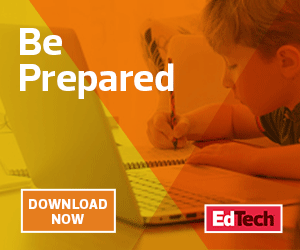But there was also the challenge of how IT staff could efficiently and effectively guide users through those technologies.
CCSD wasn’t alone in that. As many schools worldwide shifted to an online environment for remote learning, IT teams were put to the test. Calls and emails about technical issues came in left and right, and help desk requests seemed to be never-ending.
In Santa Fe (N.M.) Public Schools, for instance, the district’s help desk processed more than 1,400 calls in mid-March when online instruction began — around 10 times more than the number of calls they had two months earlier, Education Week reports. Some district IT teams even had to handle questions unrelated to technology, about food distribution and other student services.
Urgency was also crucial to delivering assistance. “They need help in the next four minutes, not in the next four days,” Schutte says. “So, our end goal was, how do we support that immediate solution?”
LEARN MORE: Discover what questions administrators are asking about remote learning.
Key Considerations for IT Staff Pivoting to Remote Support
Before they shifted to remote learning, Schutte says his team already prioritized efficiency. “That way, we can really focus all of our resources on the classrooms and teachers,” he says.
CCSD started using ServiceNow, a cloud-based IT management platform, as a ticketing tool two years ago to stay on top of help desk requests and streamline workflow. But they also saw the benefit of having a single place where faculty and staff could get their tech questions answered.
So, they soon created a self-service portal powered by ServiceNow called “ASK,” which stands for action, service and knowledge. It became a one-stop shop for teachers and other school staff who were requesting information not only related to IT, but to human resources and facilities services as well. It features a knowledge base of articles that users can easily find using a search bar.
Schutte says having that portal in place was what enabled his team and other departments to quickly move to a remote work environment in a more seamless, organized way. And with the plethora of information coming in about the pandemic, it also helped them keep staff informed about government and health services.
“When people are under stress, they aren’t necessarily following the same process and protocols they normally would,” says Andrea Urquhart, HR director at CCSD. “So, we wanted to draw out those things we felt would be most necessary for them to start their journey on to online learning.”












